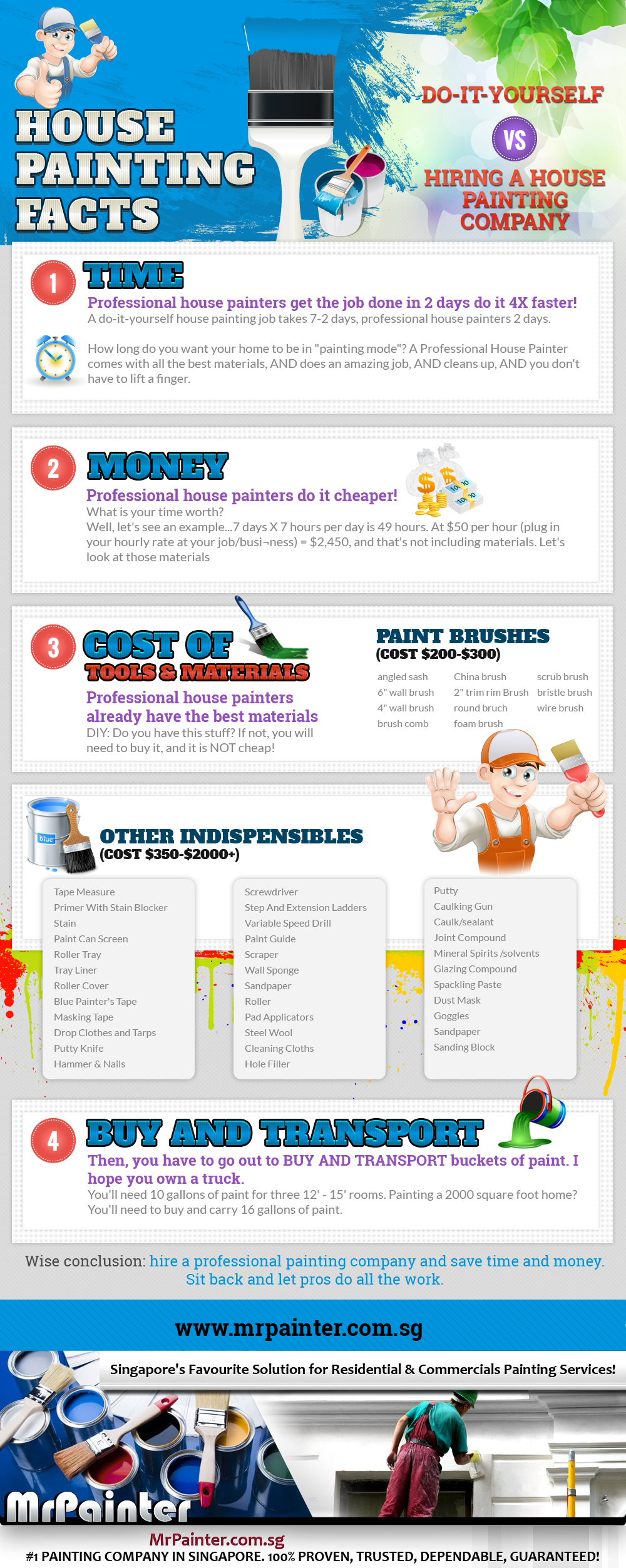Discover Exactly How Seasonal Variables Influence Commercial Exterior Paint Success And Uncover The Most Effective Times To Guarantee Lasting Results For Your Project
Discover Exactly How Seasonal Variables Influence Commercial Exterior Paint Success And Uncover The Most Effective Times To Guarantee Lasting Results For Your Project
Blog Article
Produced By-Doherty Urquhart
When you're intending a business external paint task, seasonal factors can make or damage your results. You'll wish to consider just how temperature level and humidity impact paint application and drying out times. Choosing the best period can ensure your paint adheres appropriately and lasts much longer. However which periods are truly the very best for this sort of work? Allow's explore the crucial elements that can affect your project's success.
The Influence of Temperature Level on Paint Application
When you're intending a business outside paint job, the temperature level can considerably affect how well the paint sticks and dries out.
Preferably, you want to paint when temperatures range between 50 ° F and 85 ° F. If it's also chilly, the paint might not cure properly, resulting in problems like peeling or breaking.
On the other hand, if it's as well hot, the paint can dry also rapidly, stopping correct adhesion and causing an irregular coating.
You must additionally think about the time of day; morning or late afternoon supplies cooler temperature levels, which can be much more beneficial.
Constantly examine the maker's recommendations for the particular paint you're making use of, as they often supply guidance on the perfect temperature range for optimum results.
Humidity and Its Result on Drying Times
Temperature isn't the only ecological aspect that affects your industrial exterior paint project; moisture plays a significant role too. High moisture levels can slow down drying times significantly, influencing the overall quality of your paint work.
When the air is filled with wetness, the paint takes longer to treat, which can lead to concerns like poor bond and a greater danger of mildew development. If you're painting on an especially damp day, be prepared for extensive delay times in between layers.
It's critical to check neighborhood weather and plan accordingly. Preferably, go for moisture levels in between 40% and 70% for optimal drying out.
Maintaining https://www.architecturaldigest.com/story/how-to-paint-a-room-10-steps in mind guarantees your job stays on track and supplies a long lasting coating.
Best Seasons for Commercial Exterior Paint Projects
What's the very best season for your commercial outside painting jobs?
Spring and very early loss are usually your best bets. During these periods, temperature levels are mild, and moisture levels are typically reduced, producing ideal conditions for paint application and drying.
Avoid summer season's intense heat, which can create paint to completely dry too promptly, leading to inadequate adhesion and finish. In a similar way, wintertime's cool temperatures can prevent appropriate drying out and curing, risking the longevity of your paint task.
Go for days with temperature levels between 50 ° F and 85 ° F for optimal outcomes. Bear in mind to inspect the neighborhood weather report for rainfall, as damp conditions can destroy your project.
Preparation around these variables guarantees your paint job runs efficiently and lasts much longer.
Final thought
In conclusion, intending your industrial outside painting jobs around seasonal factors to consider can make a substantial distinction in the outcome. By https://housepaintersnearme67654.blogitright.com/34475092/paint-your-way-to-a-beautiful-home-just-how-residence-painters-can-transform-your-space during the suitable temperatures and humidity levels, you'll guarantee much better bond and drying out times. Remember to watch on neighborhood weather report and choose the correct time of year-- spring and early autumn are your best options. Taking these steps will assist you achieve a resilient and specialist surface that lasts.
